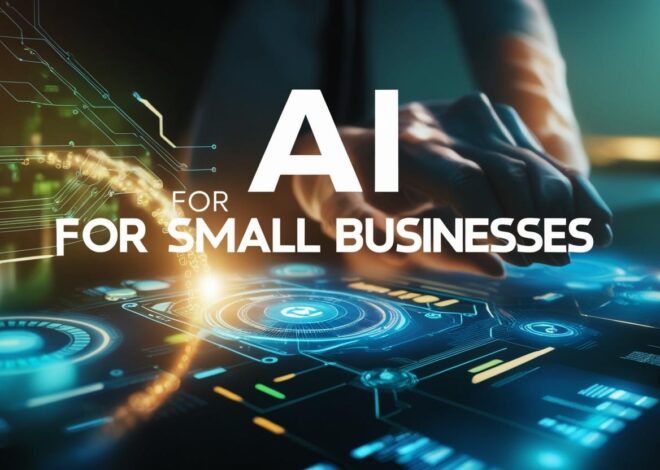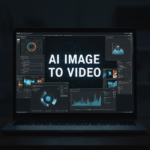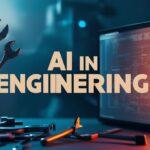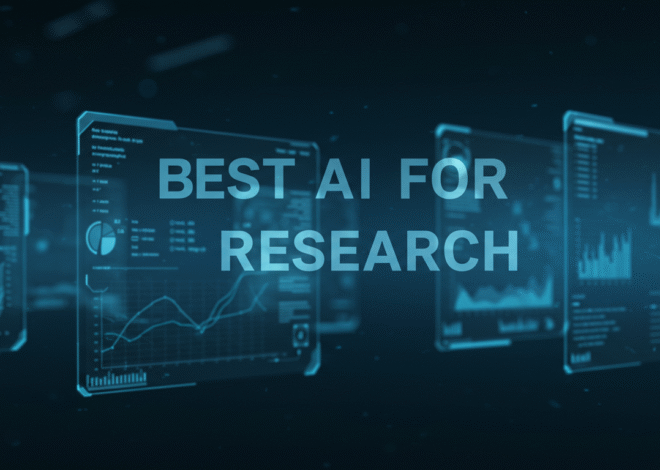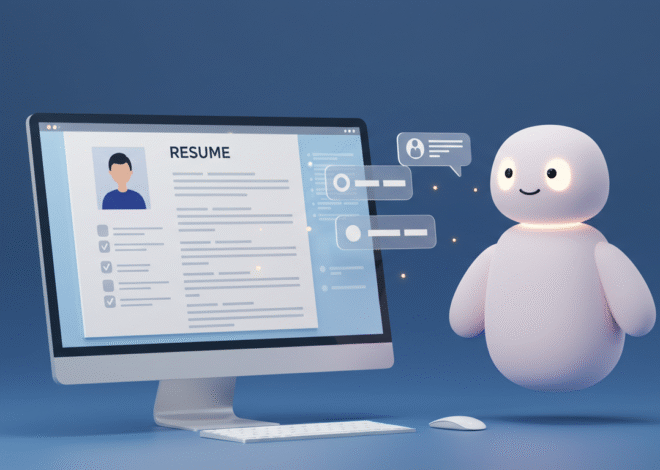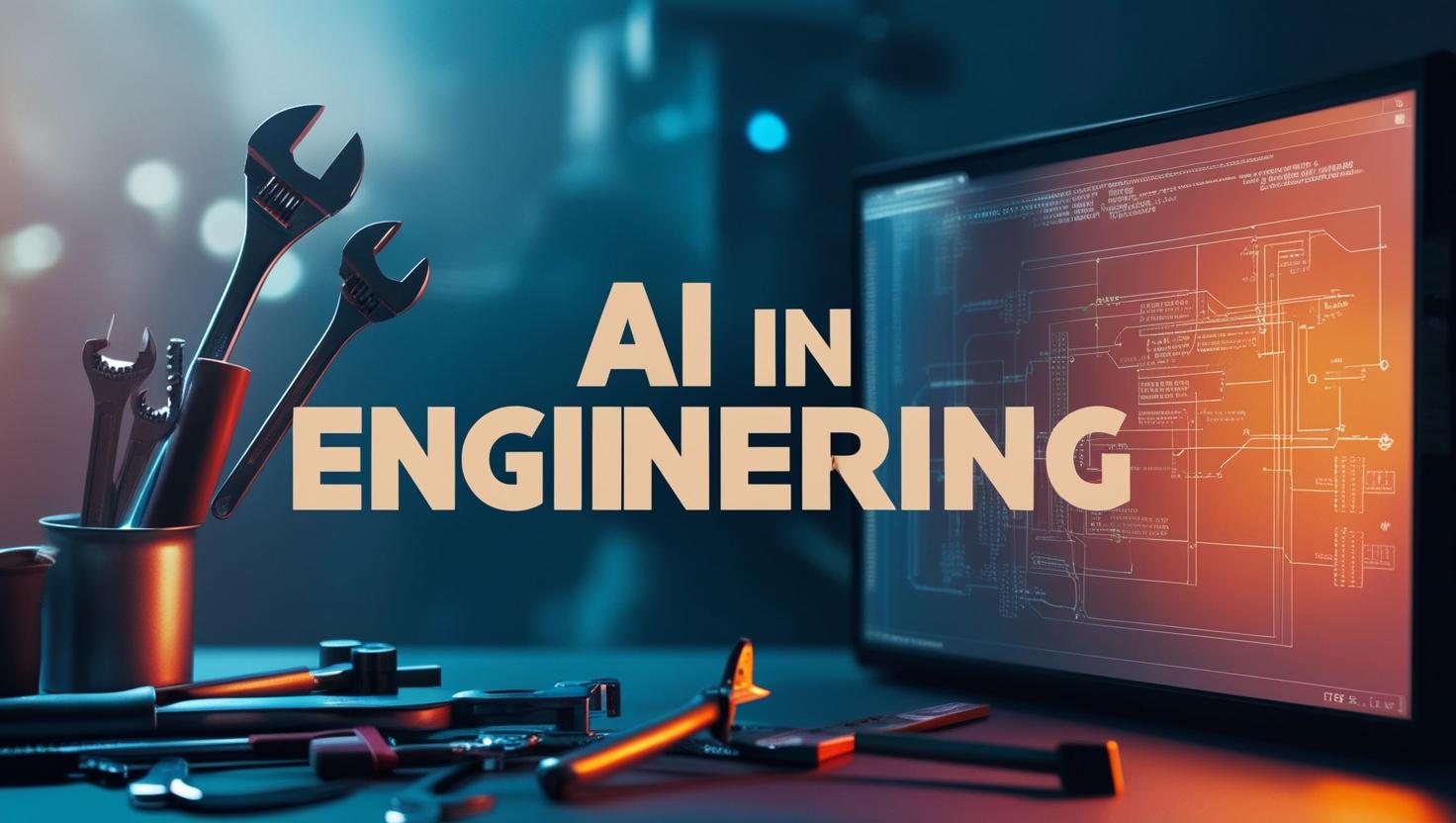
AI in Engineering: Top 5 AI Solutions Transforming the Industry
Engineers are always looking for ways that transform the way they work. AI in Engineering ensures that completing those multiple tasks takes much less time and effort, making the process much smarter and efficient for engineers. From design automation to predictive maintenance, AI in Engineering is a game changer for companies and professionals, helping them solve complex problems, reduce costs, and improve accuracy like never before.
As an engineer designing can be challenging, whether it’s designing machines, buildings, or electrical systems. Using the right AI tools for engineers will help you analyze massive amounts of data, suggest better solutions, and even predict failures before they happen making designing a lot easier with keeping multiple factors into consideration. This makes engineering a lot easier, effective, efficient and ready to adapt to the future requirements of engineering.
Why AI Matters in Engineering
- Speeds Up Design & Simulations: If you are an engineer who is looking to create and test designs in a more efficient way, AI-driven CAD tools could be of great help.
- Prevents Costly Failures: AI tools with its advanced algorithms can predict issues before they happen in real-time. This helps companies to cater problems and act on them, saving both time and money.
- Optimizes Industrial Automation: AI-powered robotics and IoT plays a great part in improving the industries manufacturing and operations by making them highly efficient.
- Supports Smarter Decisions: The ability of AI to analyze large and complex data and provide insides that engineers might miss, encouraging smarter decisions for the industry.
- Drives Innovation: Engineering is all about developing processes that are both sustainable and efficient. AI in engineering helps create cutting-edge materials, processes, and sustainable solutions for maximum output for the industries.
If you are worried that AI in engineering will replace engineers. Well, this is not the case. The AI tools for engineering mentioned below are designed to empower smart working and counter big challenges. Let’s dive into the top AI tools that are reshaping engineering today.
AI in Engineering with MATLAB & Machine Learning Toolbox
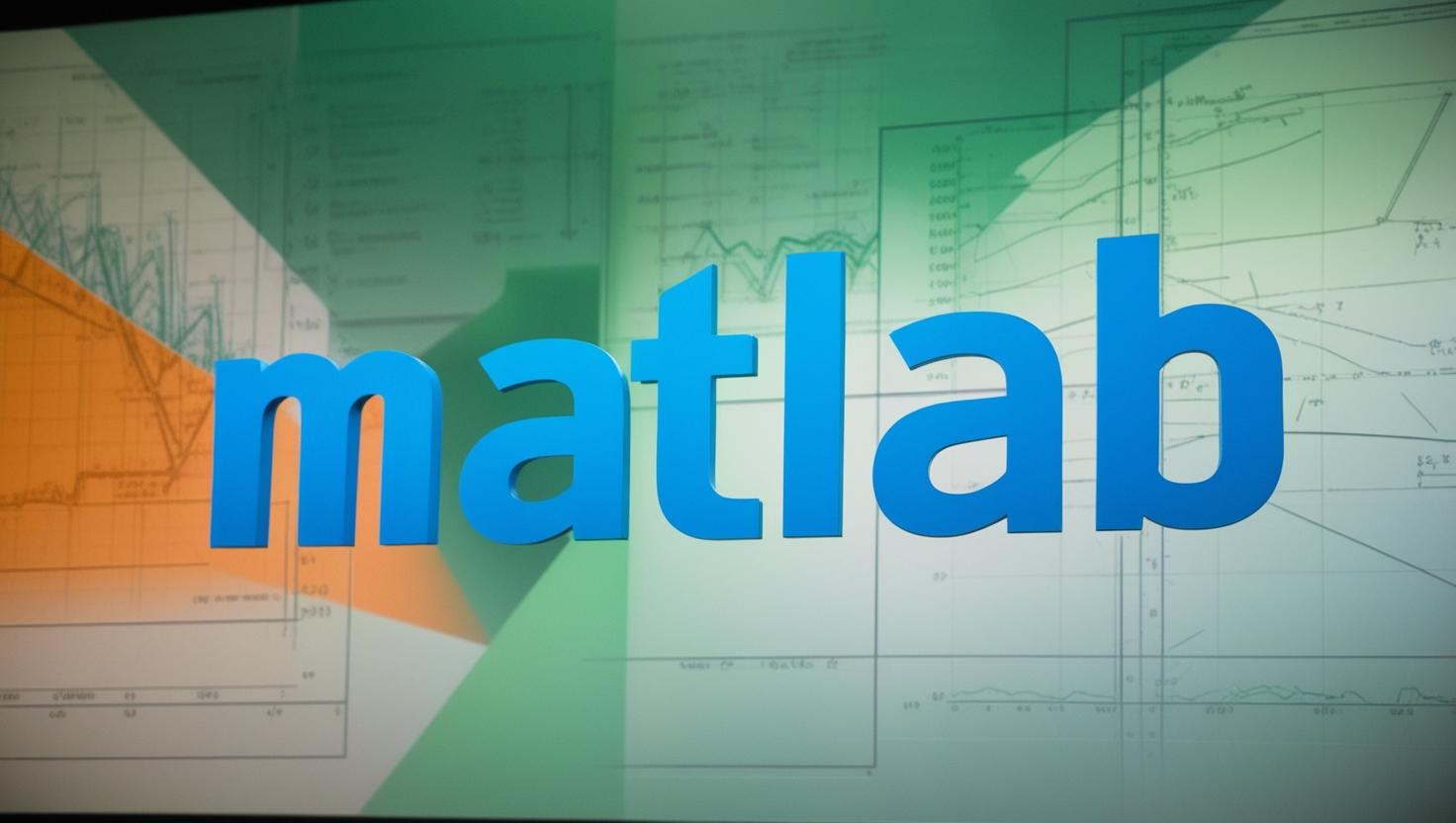
The evolution of AI in Engineering is making problem-solving easier, faster, and more precise. Amongst these powerful AI tools is MATLAB with its Machine Learning Toolbox. If you are a firm who is designing machines, optimizing structures, or predicting system failures, MATLAB is amongst the best options you get. With MATLAB’s powerful AI, engineers can analyze data, build AI models, and automate complex tasks with ease.
Why MATLAB is Essential for AI in Engineering
- Comprehensive Toolboxes: MATLAB’s special Toolboxes, like the ones for Statistics, Machine Learning, and Deep Learning, help engineers build and use AI models without much hassle.
- Simulink Integration: Simulink lets engineers create models, run simulations, and study complex systems across different fields. This makes it simple to add AI to various tasks such as robotics, predictive maintenance, and many more.
- Cross-Platform Compatibility: MATLAB can run on Windows, macOS, and Linux. This gives engineers the freedom to access and use it, no matter what kind of computer setup they have.
Applications of AI in Engineering with MATLAB
- Predictive Maintenance: AI models created with MATLAB can look at equipment data to forecast breakdowns, which cuts downtime and upkeep expenses.
- Design Optimization: Engineers can easily use AI to check different design options, often resulting in more effective and innovative answers.
- Process Automation: AI-powered automation is of great help for everyday jobs, boosting productivity and freeing up engineers to tackle problems that are more complex and require technical expertise.
AI in Engineering Design with Autodesk Fusion 360

The revolution of AI in engineering design is amazing, and Autodesk Fusion 360 is among the leading tools driving this transformation. Advanced AI functions incorporated into Fusion 360 empower designers and engineers to leverage AI in engineering to innovate more efficiently and effectively.
Why Autodesk Fusion 360 is a Game-Changer for AI in Engineering Design
- AI-Powered Generative Design: The generative design of Fusion 360’s AI, based on the defined criteria and objectives explores multiple design possibilities. AI in engineering pushes the boundaries of conventional design techniques, by ensuring that the sophisticated, performance optimized components are created with less production time and material usage.
- Automated Drawings: The utilization of AI in engineering with the automated drawings feature in Fusion 360 simplifies the creation of drawings that are technical from the 3D model. This automation enhances productivity, accuracy, and consistency of the designers, allowing them to focus more on innovations and creativity.
- AI-Powered Sketching: Fusion 360 introduces AI based tools like Sketch AutoConstrain, which automatically applies constraints to sketches, reducing manual input and potential errors. This function guarantees geometric precision and speeds up the design process.
With the correct utilization of AI in engineering, features like Autodesk Fusion 360 are transforming engineering design, enabling professionals to achieve solutions that are highly optimized allowing them to maintain a competitive edge in the industry.
AI in Engineering Simulations with ANSYS

Simulation technology helps engineers predict, analyze and optimize complex systems and data making it a critical tool for engineers. ANSYS simAI being a tool for simulation ensures simulation with AI in engineering reaches heights of speed accuracy, and efficiency. ANSYS, being a leading software in engineering simulation have now integrated AI, known as simAI to enhance and optimize designs, automate workflows, and improve predictive accuracy, making simulation accessible to designers and engineers worldwide.
How ANSYS is Leveraging AI in Engineering Simulations
- AI-Powered Design Optimization: ANSYS Discover, a simulation-driven 3D design software tool when integrated with AI intelligently speeds up the simulation process and refining design parameters. This allows engineers to quickly and efficiently explore multiple configurations to figure out which one fits the best to the design.
- Smart Automation & Predictive Analytics: Machine learning models can analyze vast simulation data and use AI to predict performance outcomes with enhanced accuracy.
- Enhanced Computational Efficiency: Simulations can sometimes take lots of time to execute. To counter this, ANSYS uses AI-driven solvers which optimizes computational resources, reducing simulation run times without compromising precision.
- Automated Defect Detection: Detecting defects and weaknesses in a structure or a design can be challenging sometimes. AI in engineering designs could be of great help. With AI algorithms, engineers can easily detect structural weaknesses and performance inefficiencies, ensuring robust and reliable product designs.
- AI-Augmented Digital Twins: ANSYS Twin Builder, is an AI integrated builder that helps create the exact digital version of a physical object to help engineers simulate real-world conditions in real time.
AI in Engineering Data Analysis with IBM Watson
In today’s fast paced digital world, engineers are always looking for ways to handle complex data in simpler ways. This is where engineers require AI in engineering in which IBM Watsonx is leading. Watsonx combines advanced machine learning, natural language processing, and predictive analytics to help engineers analyze vast datasets efficiently, uncover patterns, and make smarter decisions.
AI in Engineering Data Analysis with IBM Watson

How IBM Watsonx is Transforming Engineering Data Analysis
- Smarter AI Models (Granite 3.0): The latest granite 3.0 models of IBM are designed to handle and analyze data in a much faster and more accurate way. These AI models can be great for engineers as it can help them predict trends, identify inefficiencies, and optimize designs with high precision and increase accuracy.
- AI-Powered Assistance (Watsonx.ai): Watsonx.ai having trained on a variety of models to help engineers complete or automate tasks such as content generation, summarization, data extraction, streamlining workflows and improving productivity. This can be achieved by Watsonx.ai having access to a variety of large language models (LLMs), including IBM’s own Granite series and others like LLaMA-2.
- Seamless Data Access (Watsonx.data): If you are an engineer, you might have seen teams working on vast amounts of data that is spread across cloud and on-premises systems. What Watsonx.data does is it provides a single access point for all that data. It ensures smooth, secure, and compliant data management
- Ethical & Secure AI (Watsonx.governance): As the role of AI in engineering is increasing day-by-day, ensuring its governance is highly crucial. Watsonx.governance is a tool designed to ensure the decisions AI makes are transparent, unbiased, and compliant with industry regulations. This reduces the risks AI carries while improving its reliability.
AI in Industrial Automation with Siemens MindSphere

Industrial automation is evolving at a rapid pace, AI in engineering is playing an important role in ensuring enhanced efficiency and productivity. Siemens MindSphere, a powerful industrial IoT (IIoT) platform that uses AI and real-time data analytics to optimize operations, reduce downtime, and improve overall productivity making it a game changer tool for managing, controlling and optimizing manufacturing processes. To boost efficiency, reduce downtime, and maximize productivity in industries, integrating MindSphere with AI and real-time sensor data ensures smoother automation of the workflow.
How Siemens MindSphere is Revolutionizing AI in Engineering & Automation
- AI-Powered Predictive Maintenance: Getting to know when a machine breaks down can be a game changer. The AI-driven analytics by MindSphere monitors the health of the equipment, monitors any anomalies, and predicts potential failure. This ensures minimal maintenance cost and reduced downtime.
- Real-Time Data Analytics: MindSphere collects and processes vast amounts of sensor data, analyzes it through AI, and analyzes and optimizes industrial operations in real-time.
- Seamless IT-OT Integration: Engineers can consider MindSphere as a bridge between the gap between information technology (IT) and operational technology (OT). This ensures maximum transparency across vast industrial systems, which allows better decision-making, increased automation, and more control over operations.
Conclusion
AI in Engineering is a game changer, simplifying tasks, streamlining multiple processes and managing workflow. AI in engineering is transforming how engineers or teams of engineers work and manage the workflow. Choosing the right tools will ensure optimized productivity, reduced costs, and improved decision-making. This empowers engineers to innovate and stay competitive, ensuring efficient, future-ready solutions.

